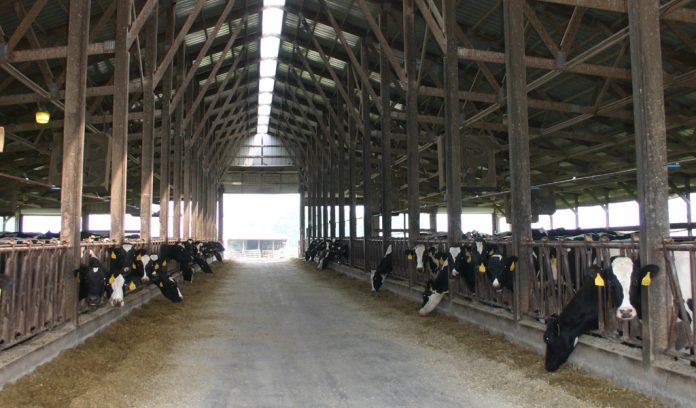What if there was a way to cut costs on your farm while reducing the risk of residues and the use of antibiotic?
If that sounds interesting to you, please continue reading.
We know that mastitis is the most common and costly infectious disease of dairy cattle. A majority of the time it is caused by bacteria and is the main reason for antibiotic use by dairy producers.
Thus, identification of organisms that cause mastitis would allow us to choose an appropriate antibiotic to be used and also would allow for selective or targeted treatment strategies to be employed.
On-farm culture
An additional tool that can be used by producers is the on-farm culture.
On-farm culture is a fast, inexpensive way to diagnose the cause of mastitis in order to make the appropriate treatment or management decisions helping dairy farmers significantly cut their antibiotics use for clinical mastitis.
Based on a study in the US, farms using on-farm culture were able to decrease antibiotics use by 50 percent without a major impact on milk quality or mastitis outcomes.
So what exactly is on-farm culture? As the name implies you can culture the milk samples collected from a cow with symptoms of mastitis.
By swabbing the milk sample onto a culture plate, you will have results after an 18-24 hour period of incubation; the entire process is done at your farm.
By using on-farm culture you should be able to distinguish between different types of bacteria and then make a decision based on those results.
In order to do that you will need some supplies, equipment, a specific clean area but most importantly is to have someone from your dairy trained to be able to culture and interpret the results with the supervision of your veterinarian.
Culturing on your farm
1Determine which cows should be cultured
Some dairy farmers will decide to culture cows with high somatic cell counts or positive results on the California mastitis tests (CMT) and definitely for clinical cows.
2Take a reliable milk sample
In any occasion (on farm or to sending samples to the lab) an aseptic milk sample should be collected. Steps involved in this process are simple but again extremely important to guarantee a reliable result.
Wear clean gloves, use good teat preparation with an alcohol cotton ball or pad to disinfect the teat end and use proper sampling collection. (Be careful not to touch the inside cap when opening or closing the tube, and hold the tube at a 45-degree angle to avoid debris from the teat falling into the tube.)
3The culture itself
Here is where the training is necessary. Basically, you will have your milk sample plated in milk culture media and incubated at the proper temperature to allow the bacteria that is causing the problem to grow. Usually, results are ready to be interpreted in 24 hours.
4Analyze the results
You are looking for growth or no growth and finally what type of growth. Depending on the type of media you are using, you can have results of Staphylococcus aureus, Streptococcus species or just Gram positive, Gram negative.
Contact a professional
If you still interested in knowing more about this topic, contact us so that we may collaborate with your veterinarian while offering training and implementation at your farm.













